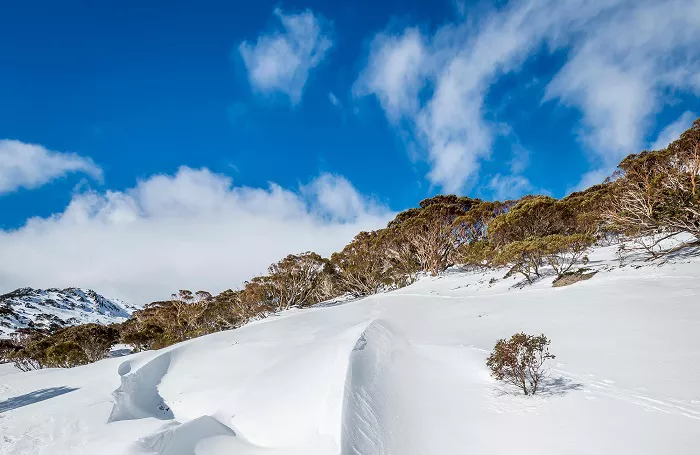The population of feral horses in Kosciuszko National Park has dropped significantly, prompting the New South Wales government to shift its focus from large-scale reduction efforts to long-term population management strategies.
A new population survey released Wednesday estimates between 1,579 and 5,717 wild horses remain in the park. This marks a dramatic decrease from the 2023 estimate of approximately 17,000, signaling progress toward the government’s legal requirement to reduce the population to 3,000 by mid-2027.
NSW Environment Minister Penny Sharpe described the results as a turning point.
“We’ve reduced the number of horses in the park by a large number,” Sharpe said. “We’re seeing the park recover as a result. And we’re now moving into managing the population within the park, which I think is a good thing.”
The 2024 Kosciuszko National Park wild horse survey, peer-reviewed and the fourth since 2020, utilized multiple counting methods across two main areas of the park. These methods included the standard distance sampling technique, typically involving two aerial observers, which estimated between 1,766 and 4,050 horses in designated retention zones.
A second method, known as mark-recapture distance sampling, introduced a third aerial observer and produced a higher estimate, ranging from 2,373 to 5,717 horses. Both methods were also applied to survey blocks that included areas designated for both retention and removal. Thermal imaging was additionally trialled but remains under peer review.
Sharpe acknowledged the challenges of achieving a single definitive population figure, particularly given the park’s rugged terrain.
“We will always have a range,” she said. “We’ll keep improving our survey methods, especially now that horses are concentrated more in retention areas.”
Between 2021 and April 2025, more than 9,000 horses were removed from the park, with aerial shooting—introduced in October 2023—accounting for two-thirds of those removals. While the method is currently paused, the minister confirmed it would remain part of the broader toolkit to control invasive species.
“The large efforts of the last 12 to 18 months are not going to be needed anymore because the numbers have come down,” Sharpe added.
Future management strategies may include reproductive control trials. Preparatory work is underway, with National Parks and Wildlife Service exploring potential trial implementation.
The survey results have drawn mixed reactions. Professor Jamie Pittock, a geography and environmental science expert at the Australian National University, welcomed the findings.
“The horse population is now in the ballpark range of three to four thousand, which is the target under the current law,” Pittock said.
He emphasized the importance of continued reductions to support the recovery of native ecosystems and species. However, he also advocated for repealing existing legislation that protects the horses’ heritage, calling for the population to be reduced to “as close as possible to zero.”
“Even with this lower horse population, there are still pockets of the environment that are being severely damaged,” he said.
In contrast, brumby advocates questioned the validity of the population estimates. Nikki Alberts, President of the Australian Brumby Alliance, expressed skepticism over the figures.
“We’re just not seeing what they’re saying,” Alberts said.
She welcomed the use of multiple survey techniques but dismissed the debate over exact numbers as a “moot point,” calling for practical, cooperative management involving experienced horse handlers.
“Let’s just take it as 3,000,” she said. “We need to get them working with people on the ground who know the horses and can help them do this.”
As Kosciuszko National Park transitions from mass removal to sustained management of its wild horse population, the debate between conservation goals and heritage preservation remains deeply polarized.

